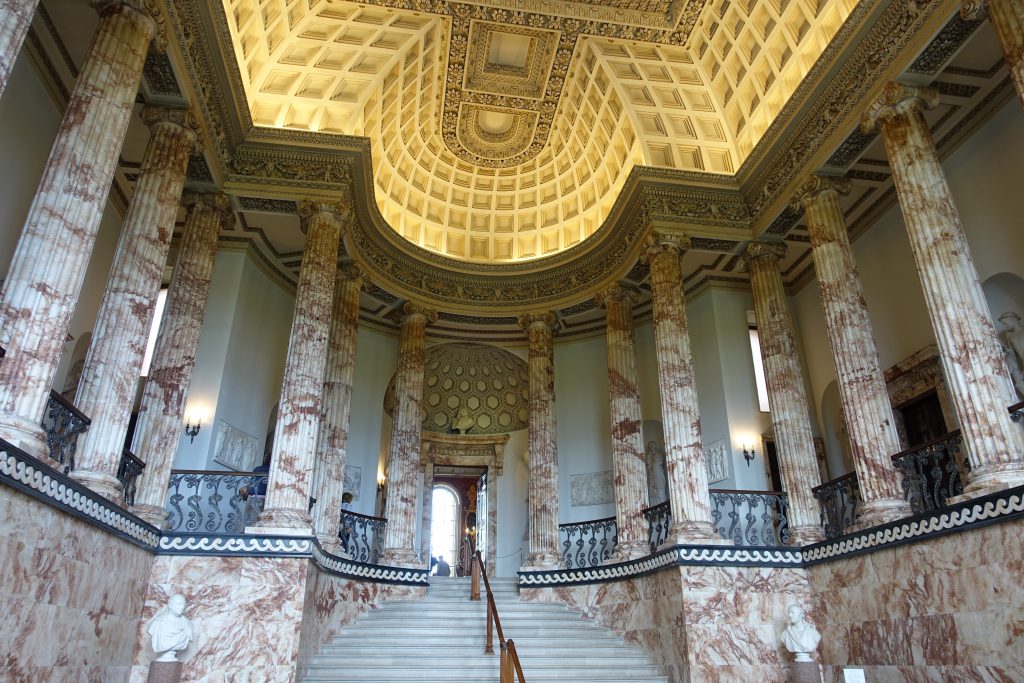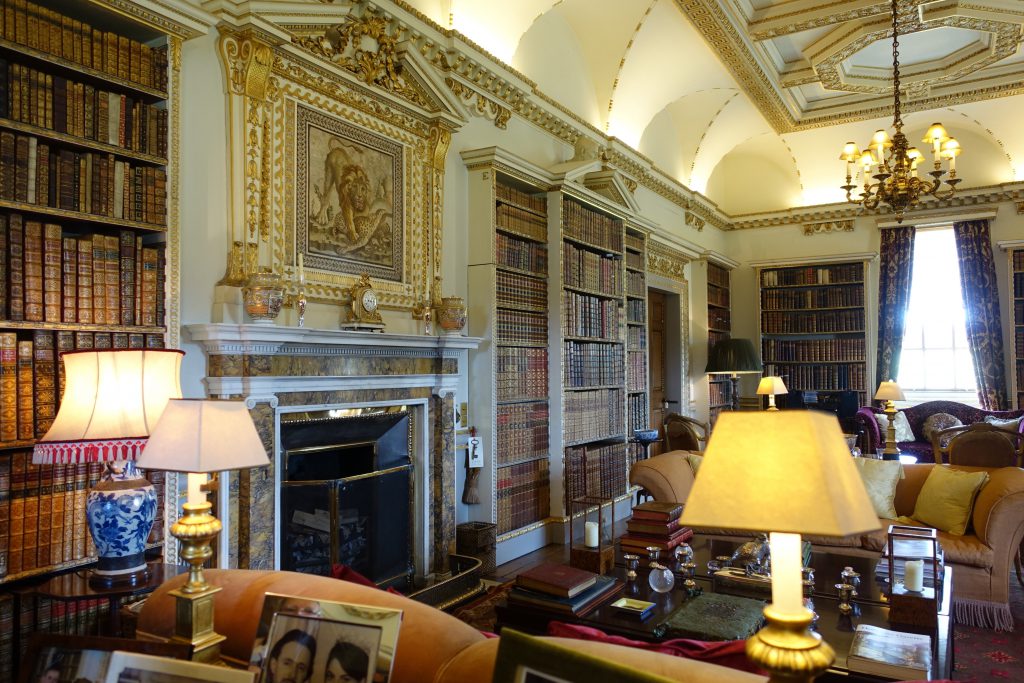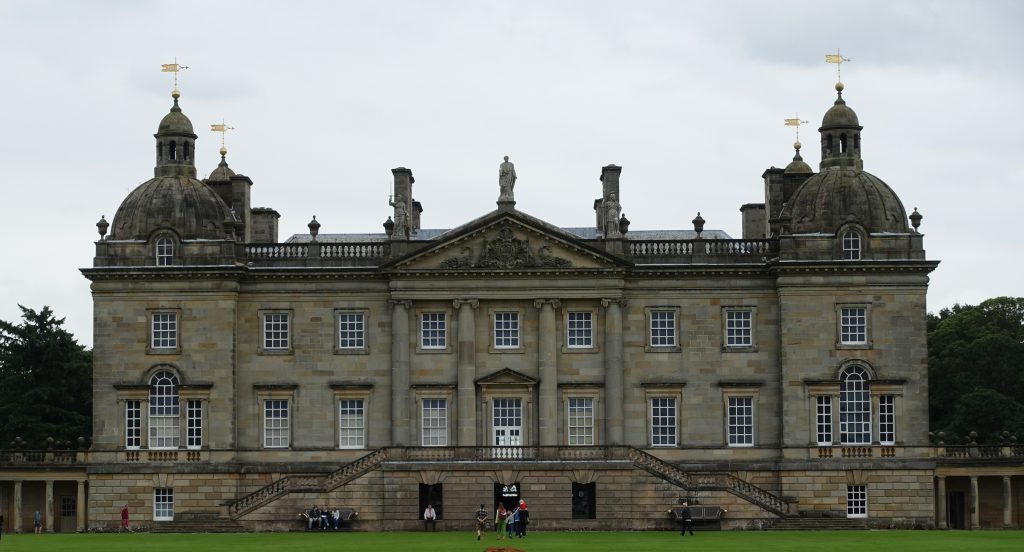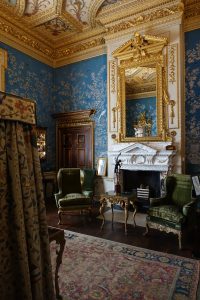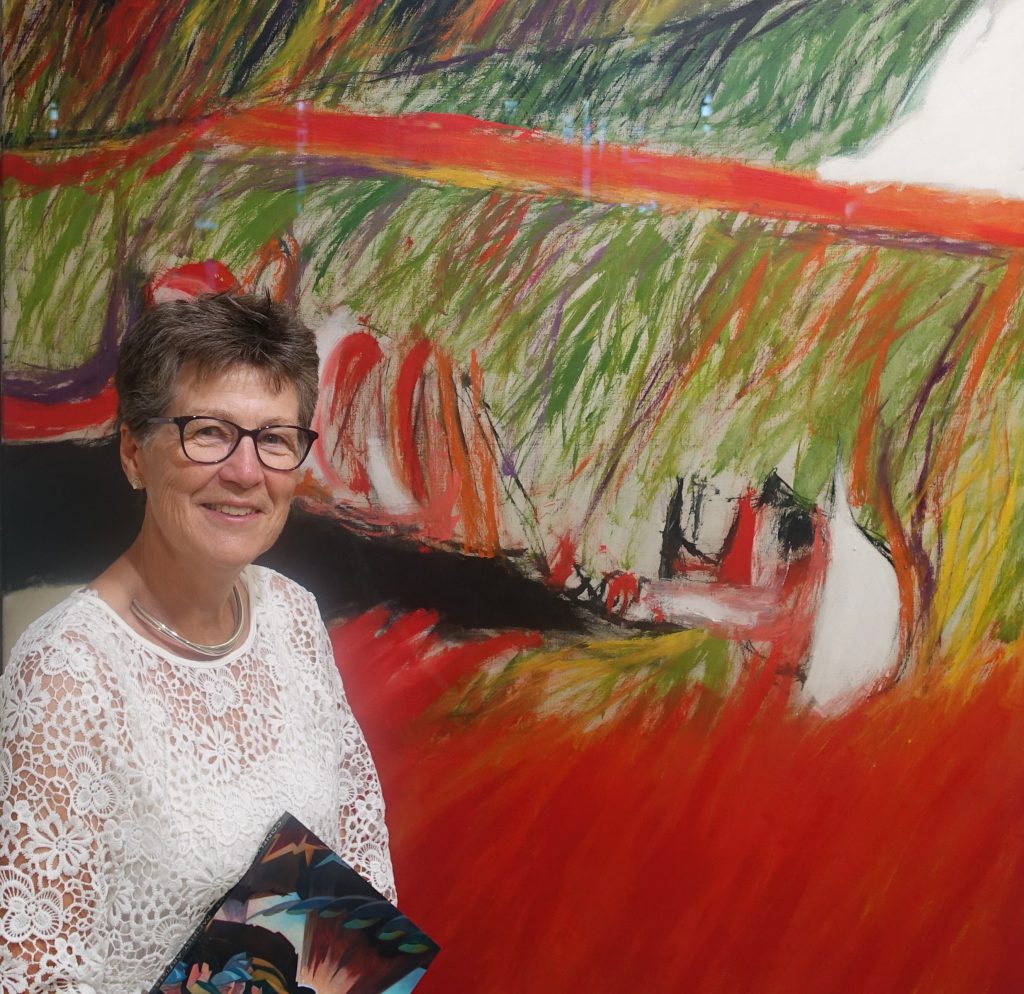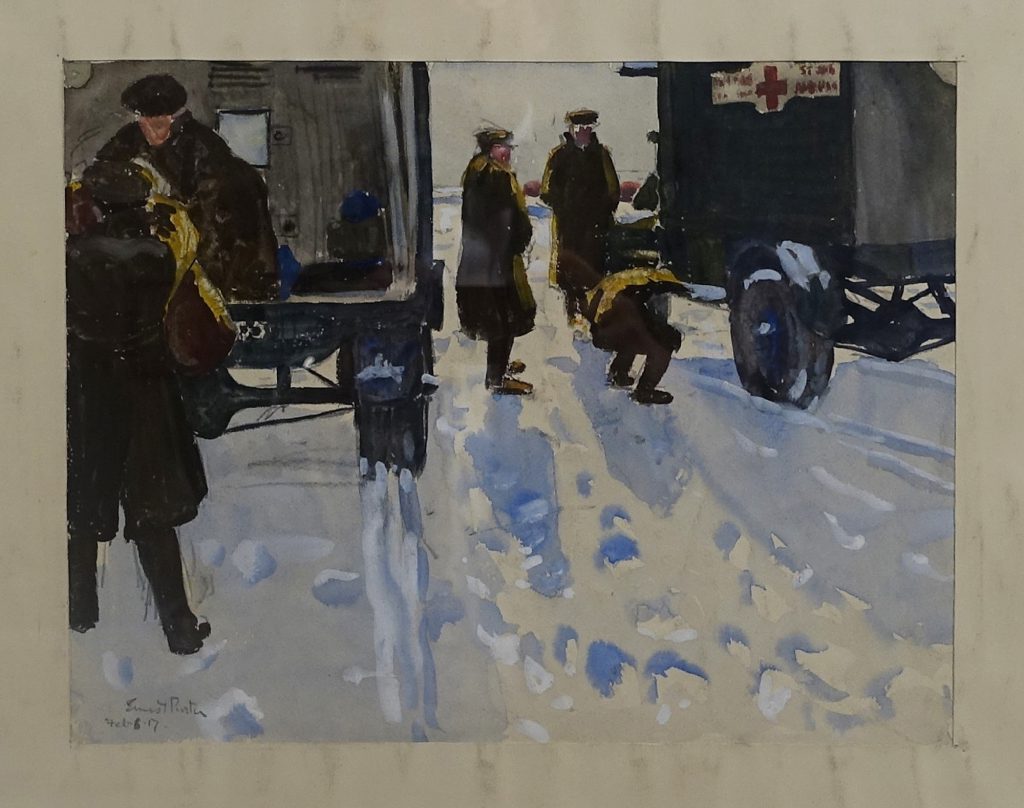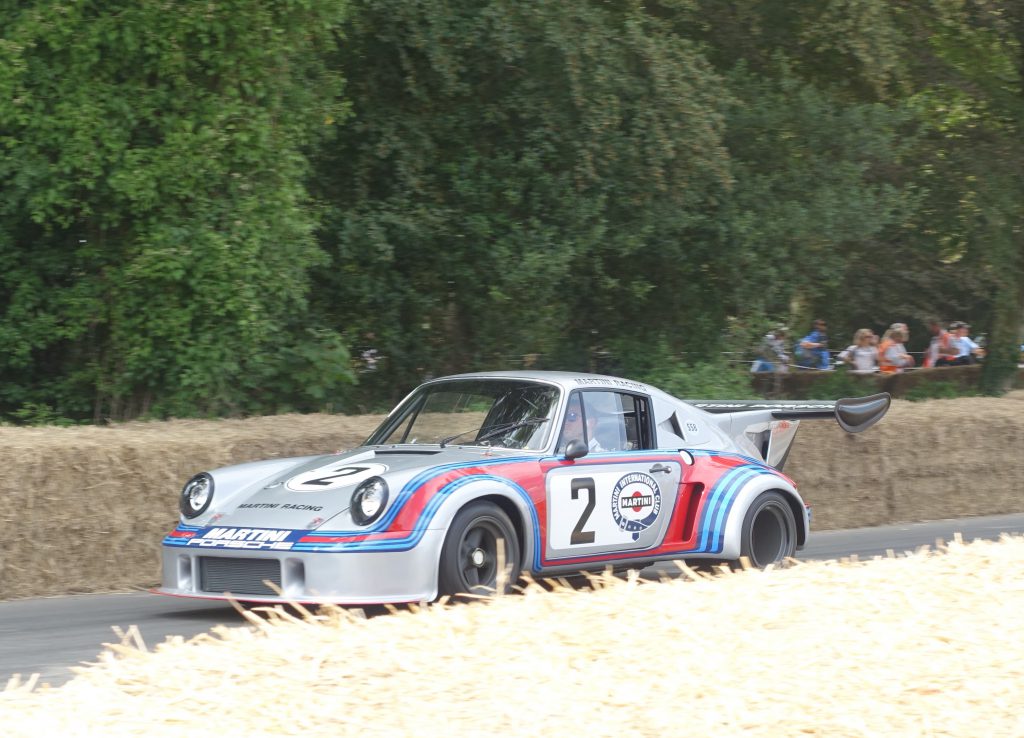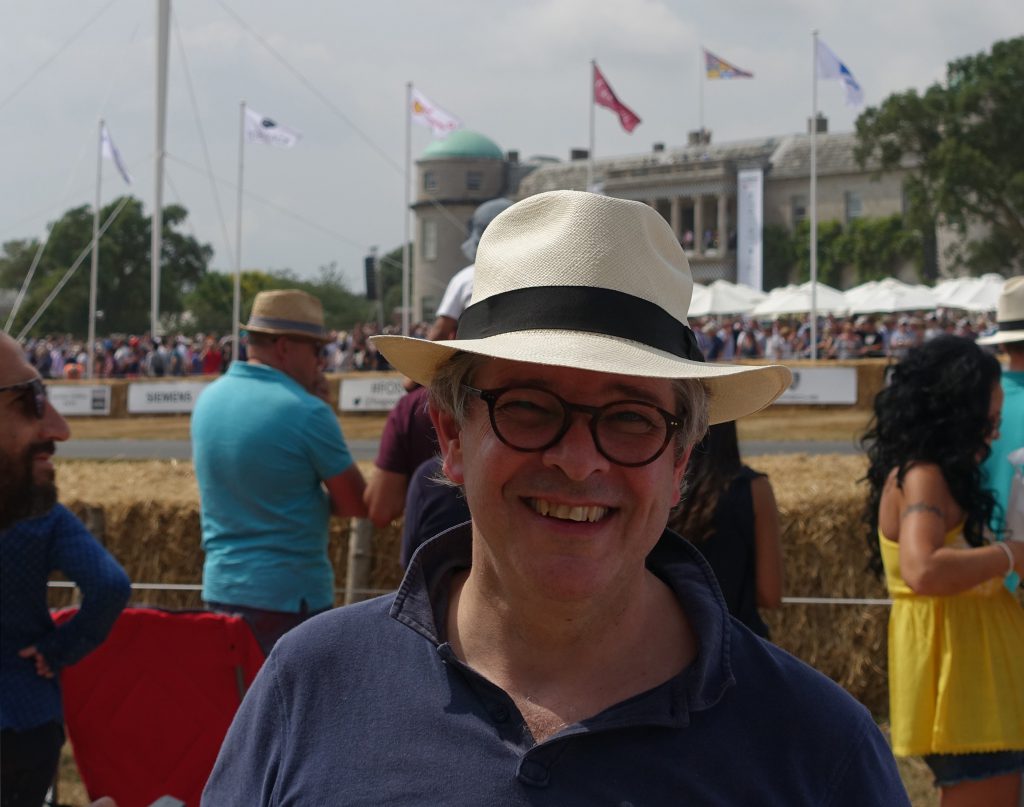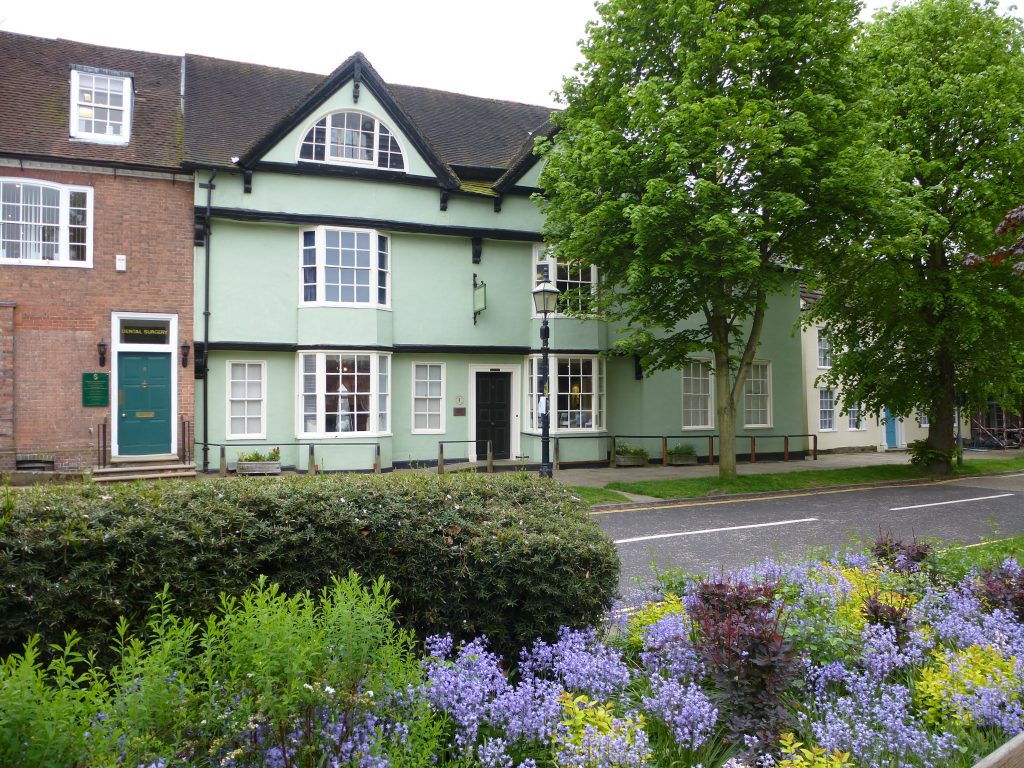
As The Horsham Museum celebrates its 125th Anniversary Jeremy Knight is marking 30 years as its curator on the 15th August 2018.
This August the Horsham Museum is celebrating its 125th Birthday. It was founded in 1893 by members of the Free Christian Church and the Horsham Museum Society was born. In 1974 Horsham District Council took over responsibility for running the museum.
Jeremy has been the curator at the Horsham Museum & Art Gallery for thirty years. As I meet him I comment on the remarkable coincidence of the timing of these two important anniversaries, he agrees and says “We’re continuing those noble Victorian aspirations of learning, public service and working for the civic good.”
I ask Jeremy what most delights him about his role at the museum, he replies “Listening to people talking about the museum as their museum, it’s then that you know you’ve got it right.”
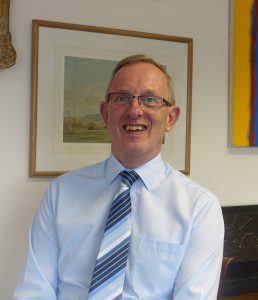
Jeremy Knight is a modern antiquarian; passionate about the use of objects in telling stories from our past. He stands against the current concerning trend of removing objects and labels from our nation’s museum displays. He comments “It’s about story-telling, it always has been, using objects to bring history to life by exploring historical connections and peoples’ relationships.”
Jeremy is a gifted historian. His excellent volumes on the history of Horsham are published by the museum and the profits go to help support its work.
Reflecting on his thirty years at the Horsham Museum & Art Gallery he smiles and says “It has been exciting to professionalise and develop the curatorship of the collections whilst re-inventing the museum.” Jeremy explains how he has edited and managed the collections. His policies in this area have been celebrated by museums and fellow curators. Jeremy comments “If you have collections they enable you to work with and borrow from others.” Jeremy has built relationships with national institutions and collaborated with the Worshipful Company of Loriners, the V&A and the Royal Academy.
Jeremy developed an interest in objects and history at an early age. He explains how his mother encouraged him to collect geological specimens when he was 11 years old. From geology he moved onto the natural world with a Christmas gift of an antique taxidermy red squirrel. And then to books, not just as documents of learning but as aesthetic objects.
In the museum he balances the public’s appetite for art with an ability to display our local social and economic history in creative and unique ways. Under Jeremy Knight’s leadership the Horsham Museum and Art Gallery has become one of the most visited art and heritage attractions in West Sussex.
He is quick to praise his staff and community of volunteers “I work with a small, dedicated and talented staff at the museum. We are supported by over sixty volunteers ranging in age from nineteen to nearly ninety – they work on everything from gardening, to making fittings for exhibitions, cataloguing, researching collections, digital recording and local history, as well as guiding.”
The Horsham District Council’s continued commitment to the Horsham Museum & Art Gallery is deserving of praise.
Jeremy Knight continues to have an enormous influence on the promotion of culture and heritage across the whole Horsham District. His work illustrates the importance of generous, long-term leadership and service, in preserving the history and art of our county and he is richly deserving of our thanks.
Entrance to the Horsham Museum & Art Gallery is free with permanent displays and exciting shows like the current Frankenstein exhibition. For more information visit www.horshammuseum.org.
By Rupert Toovey, a senior director of Toovey’s, the leading fine art auction house in West Sussex, based on the A24 at Washington. Originally published in the West Sussex Gazette.
